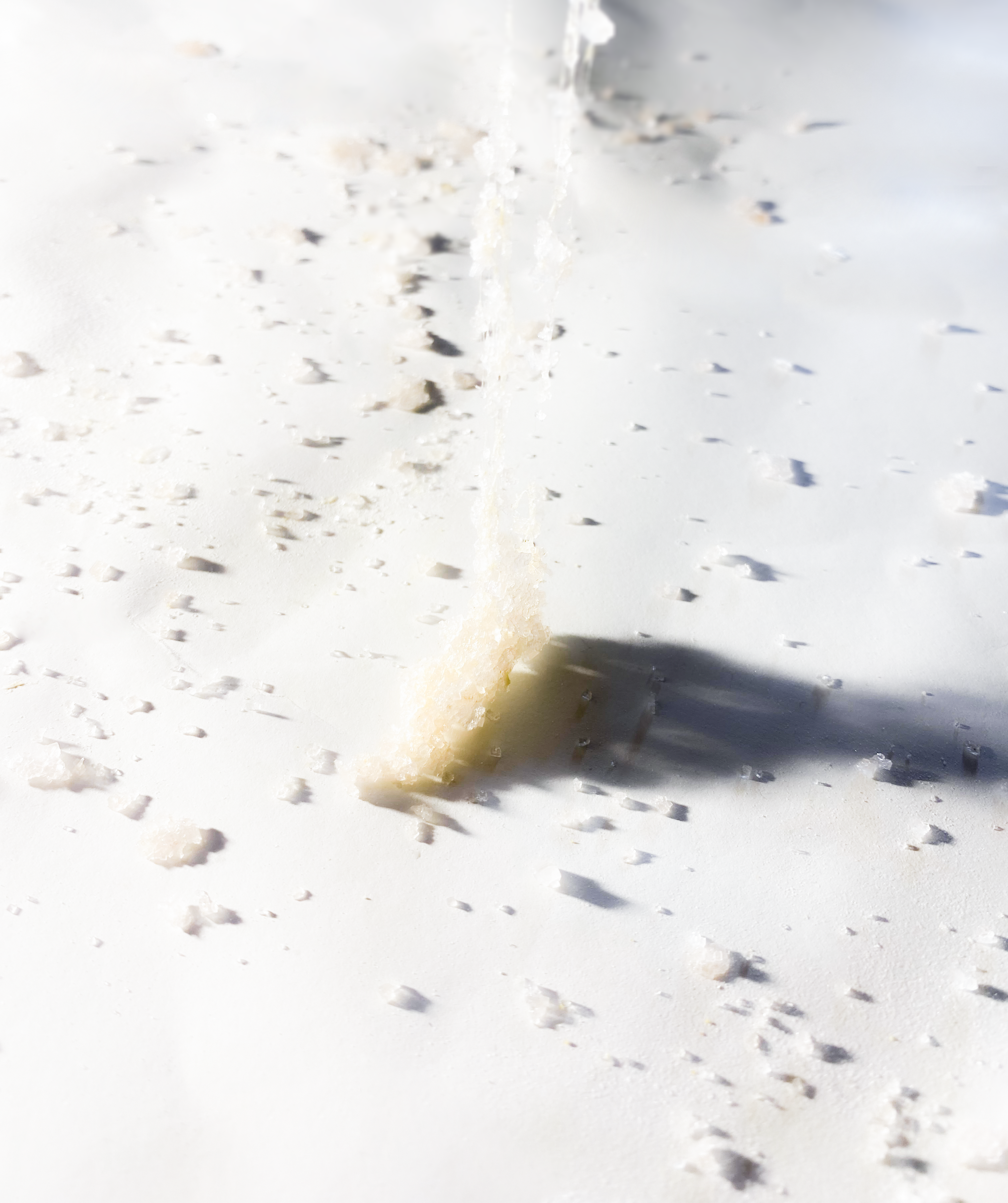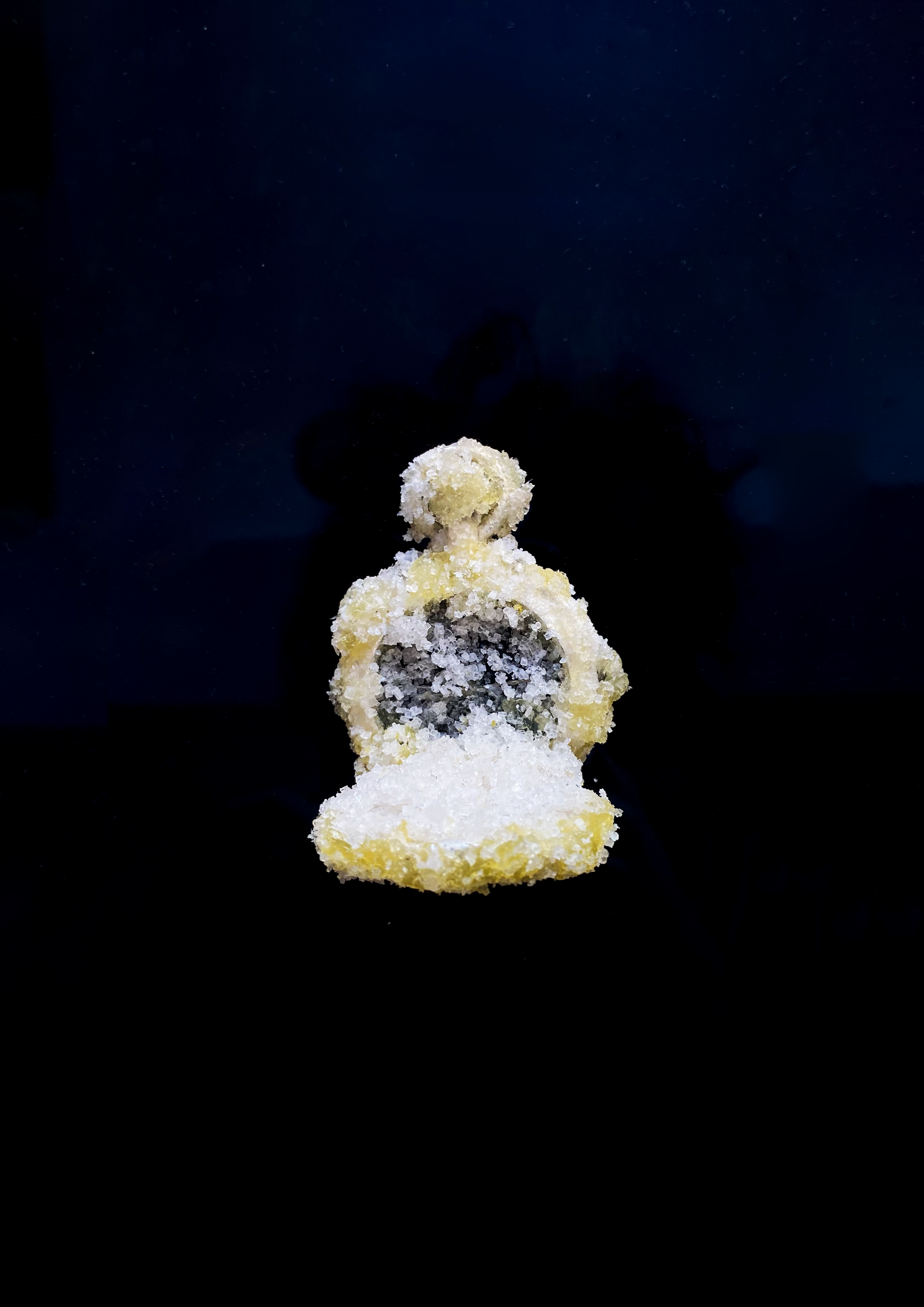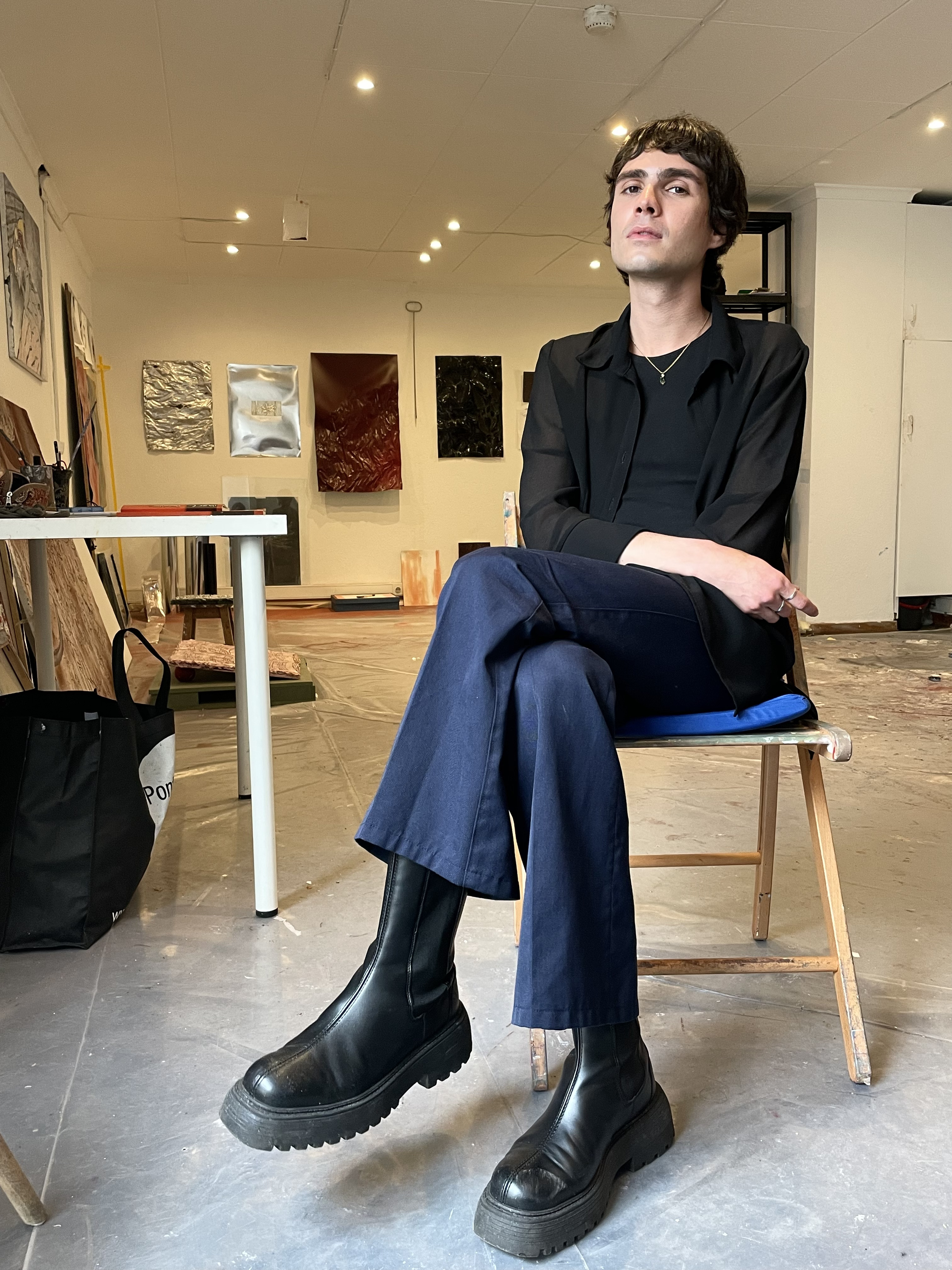AN ICON OF METAMORPHOSIS
“My creations don't hinge solely on reality or fiction,” artist Gabriel Siams states. It is indeed a fitting portrayal for his out-of-this world installations, which mix varied mediums in a sought fluidity, intermingling shiny scenarios, sharp sounds and blinding light. I chase his words as if slipping through dark water.
At the door of his shared studio in the neighbourhood of Marvila, in Lisbon, Gabi meets me with water bottles and a tablet of chocolate. His manners are graceful like that. We sit and chat for hours, speaking of his dangling comes-and-goes from Brazil to Lisbon, passing through Madrid, Azores, and more. His practice is a dream or an acid trip, one into which I gladly slip: crystal - carved gymnasiums and christian idols, smokey with the smell of azure, in a caustic reinterpretation of iconoclast culture. It’s hypnotising to listen to Gabriel’s sinuous explanations, which circuit and evolve into different shapes, a bit like the slippery eels that fill his production.Gabi explains that these enigmatic creatures interest him for their state of constant evolution: “In a twist, my own identity as an immigrant and a queer individual caused me to discover an unexpected affinity with the transformative processes this species undergoes.”
Picture an artist mixed with a rockstar mixed with a Greek god? Lisbon-based Gabriel Siams has it all & more.
Throughout my childhood and teenage years, the Evangelical Church and Catholicism held a vivid place in my perception of the world. They weren't merely passive elements, but rather components that shaped facets of my self-expression and crafted lenses through which I perceived the world. In the evangelical church, images are not idolized, so I believe this might have sparked my interest in creating and reflecting upon images. Then came that crucial moment of transformation when I decided to crystallize those experiences into a focal point for exploration. Spanning through historical epochs, from times predating Christ to the contemporary era, I seek intersections that invite for deeper investigation.
Part of my research involves unearthing timeless reflections, statements, and behaviors that have withstood the test of centuries. What captivates me is the dialogue spanning across centuries, illuminating the intricate interplay between thought and action. From this standpoint, I strive to dissect the essence of some beliefs and practices, delving into the threads that have shaped some of humanity's discourses.
Before moving on to study Fine Arts, you pursued Cinema Studies. Why did you change from one to the other? Do you think this previous training in movies helped develop the strong sense of scenography present in your work?
I departed from Rio de Janeiro in January 2017, at a time when Brasil was politically ablaze and an imminent, even larger explosion loomed on the horizon. Arriving in Lisbon as a Cinema exchange student, my goal was to delve into dimensions still unexplored by me within the realm of visual and auditory expression. I had always leaned more towards the concept of Expanded Cinema, a format that took me beyond the conventional and more mainstream paths I had encountered in Rio.
At the Faculty of Fine Arts of the University of Lisbon, I cultivated a dynamic body of artistic exploration, drawing from the reservoir of references and techniques I had acquired in my previous endeavors in Cinema and Scenography, interweaving them with new inspirations. During this period, I realized that my creative pulse resonated more profoundly with the palette of visual arts than with the traditional confines of the Cinema institution. However, the Cinema spirit remains an indelible part of my creative process, poised to emerge more dynamically in the future, alongside a diverse array of mediums. I appreciate the notion that my work will forever unfold in a variety of forms, reflecting the multifaceted essence of my own journey.

In the early piece "The Sword and the Mirror, 2018" you created a video installation inspired by an ancient text by Aristotle that associates men to swords and women to mirrors, featuring yourself as the main protagonist. I wonder... Did you intend to explore the origins of certain binary dynamics? Was it also your objective to reflect on their heritage on a modern-day subject - specifically yourself?
In a way, yes, there was a curiosity that drove me to delve into the antiquity of binary structure and androgyny. Yet, an even more profound intrigue lay in the exploration of the Trompe-l'œil concept, intricately woven into the piece. I approached it from a particular vantage point, transporting it to a new context, as an ekphrasis. My personal involvement as a performer within the piece flowed naturally, an outgrowth of the period I was navigating.
It was a time of introspection, a moment where I questioned the societal engravings upon gender expressions, both in the society and in my own self. However, I believe that this facet doesn't reside on the surface layer of the work. In other words, the work didn't originate solely from a political standpoint, but rather, politics gradually carved its place within the tapestry of the creation.
Similarly, in the piece “Claudia, 2018” you featured your own mother. Was she portrayed in this piece in a symbolic way? If so, what did you mean to explore through the transgression of her image?
Absolutely, in Claudia, my intention revolved around an intricate exploration of the dynamic interplay between idolatry and iconoclasm. I consciously positioned my mother as a potential icon of metamorphosis—an embodiment I shaped by distorting and intentionally fading her image. Through this, I sought to dismantle conventional notions of what confers sacred icon status, transcending the traditional confines of religious institutions. This process led me to meditate on intriguing questions: What truly imparts sanctity to an icon within the intimate space of the family? And conversely, what form of iconoclasm could be employed — one that erases this icon from the realm of memory, while steadfastly preserving its indelible imprint?
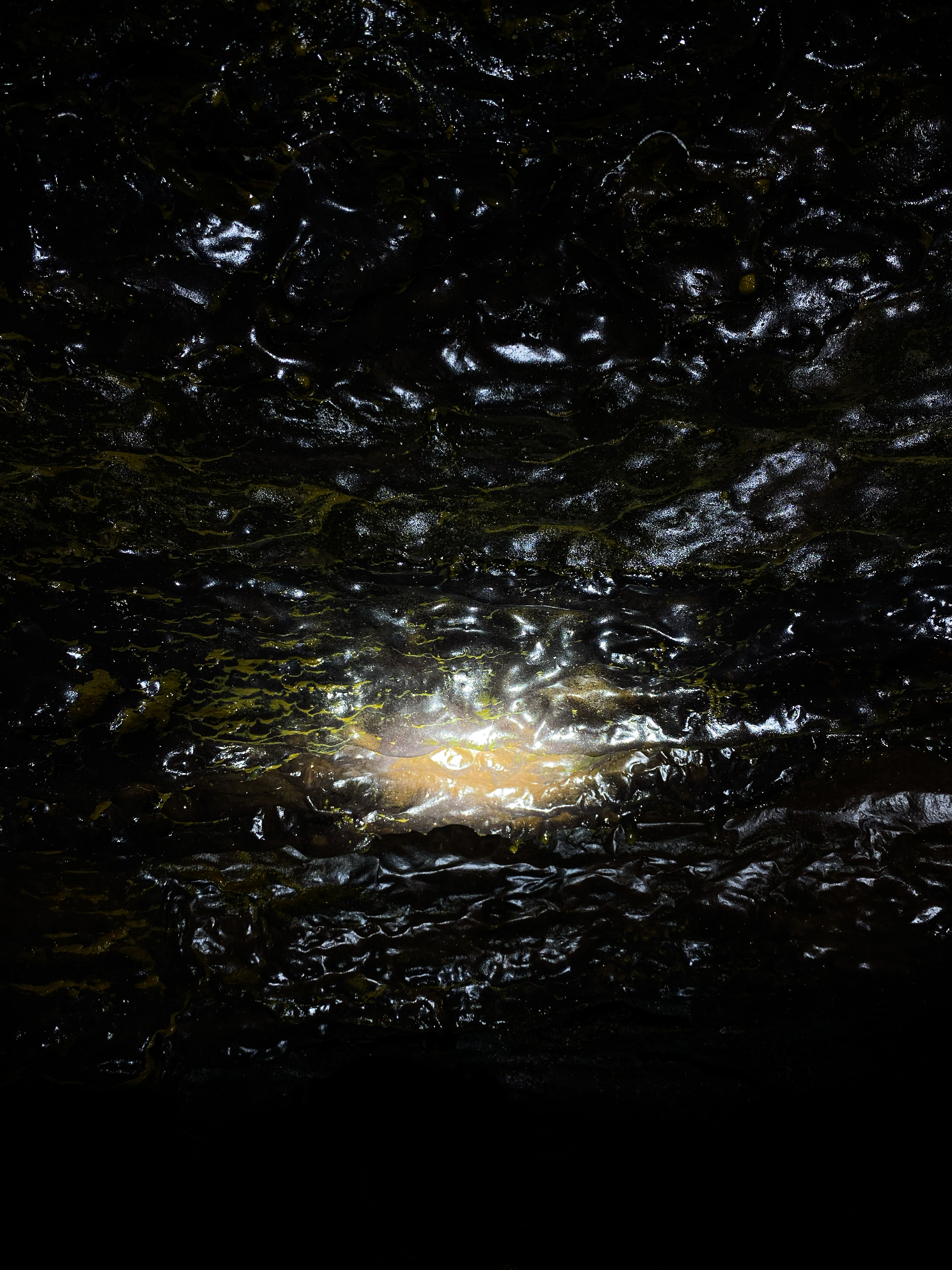
Do you actively seek a certain ambiguity or fluidity in the material aspects of your works as well as in the thematic? Does this wide artistic scope align with your exploration of non-binary practices?
I do believe so. I don't view my work through a binary lens—I can't simply label myself as just a photographer or sculptor. Similarly, my creations don't hinge solely on reality or fiction. I revel in intertwining narratives and realities, allowing my pieces to evolve organically. When determining the medium, I rely on what resonates most at that particular juncture, all the while remaining open to the possibility of different formats in the future. Consequently, I sense an inherent connection across all my works, an ongoing conversation that's ever-expansive and never truly closed.
In “Lying on his deathbed, 2021” you investigated eels, an enigmatic animal that you felt drawn to for their ambiguous nature. Can you further explain your attraction to this creature?
Eels often embark on journeys between habitats, traversing from saltwater to the freshwater, and vice versa. These transitions orchestrate a fascinating choreography of corporeal changes—manifesting in shifts of color and even the unfolding of their genitalia. As I embarked on the journey of crafting this body of work, I found myself immersed in the captivating narrative of a "deadly enigma," a riddle that went through countless researchers' lives. For years, they grappled with the question of how eels reproduce. In a twist, my own identity as an immigrant and a queer individual caused me to discover an unexpected affinity with the transformative processes this species undergoes.
Beyond the scientific curiosity, I felt a profound resonance with their metamorphosis—a resonance that transcended biological boundaries and danced alongside my personal journey.
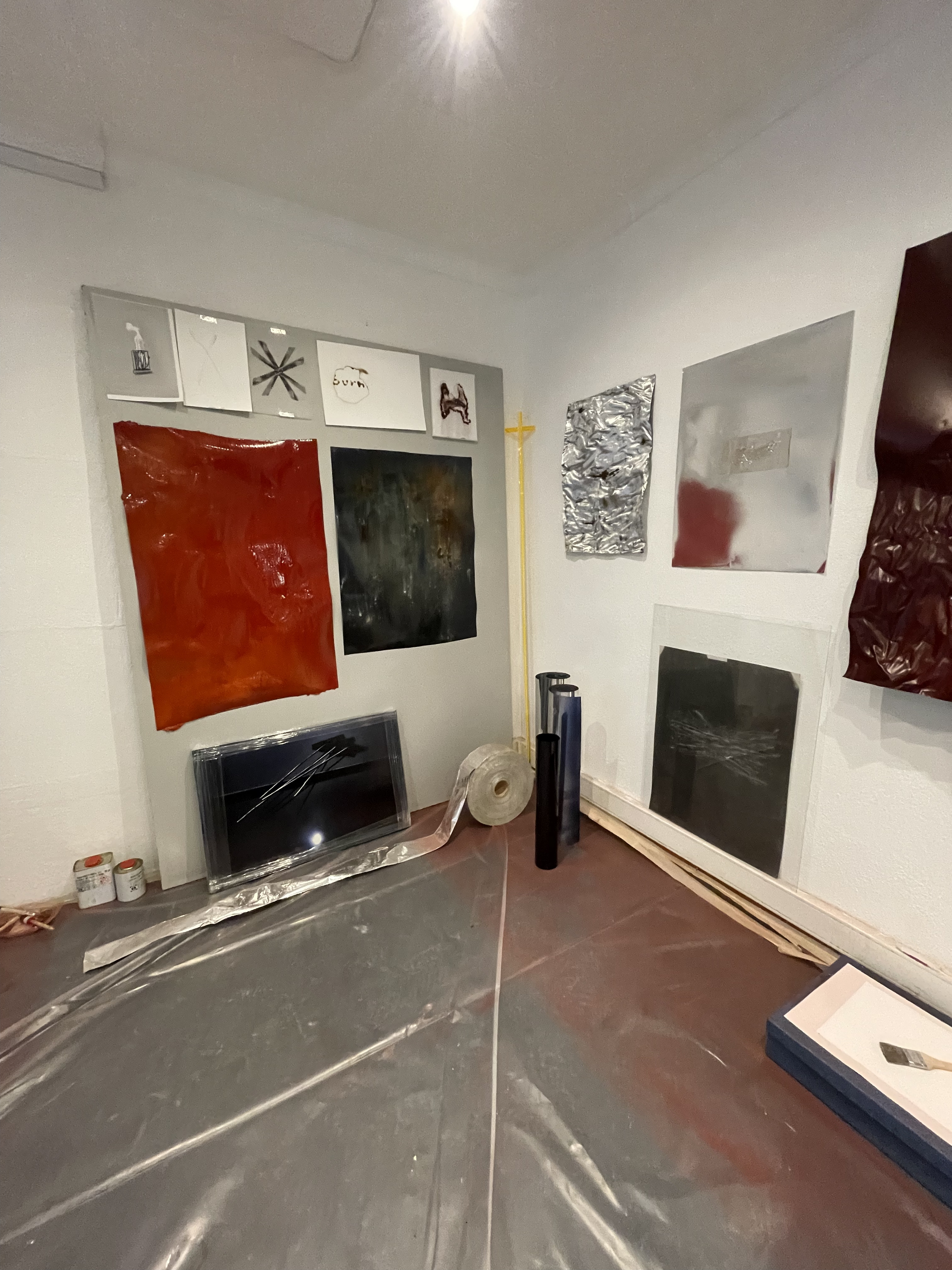
In your piece “Glasswork, 2022” you constructed a comb entirely in glass. By using fragile materials in an environment associated with strength and rigid masculinity, did you aim to present a critical perspective of this space? In what ways?
I believe that what emerged from this body of work questioned what the institution of the Gymnasium might symbolize for all individuals at large. It's a realm where people can feel compelled to pursue an aesthetic standard, often unattainable. Most of the time, in our always-connected world, we are bombarded with physicality-centric content. While the benefits of exercise are undeniable, the discourse around this topic is filled with intricate nuances that often go unaddressed. The modern landscape floods us with ideals and visual markers, subtly urging us to conform to them. However, beneath the surface, there are complexities that are often overshadowed by the glossy facade.
Last year, you spent a period at a Residency in Azores, where you developed the piece "Sentido positivo invertido no sentido contrário." Can you guide us through the process of incorporating natural and symbolic elements present on the island into this piece? Is site-specificity important to your work?
Sulfur is an ever-present natural element in the Azores due to its geological context, and it ended up capturing my intrigue and occupying a significant space within the work that I did during the residency. I found myself delving into the existing relationship of acid rain in a biblical context, where Sodom and Gomorrah met their destruction, and intertwining it with the religious atmosphere I encountered during my nearly 3 months on São Miguel Island. The stillness, the judgment, the weight of guilt, and the notion of sin—these were the driving forces that fueled the creation of the work.
The unique environment in which I was immersed played a pivotal role in shaping the very essence of the piece. So, indeed, creating in a site-specific manner is not only stimulating for my artistic process but also stands as one of my most profound stimuli.
In "Apex, 2019," you constructed an amazing performance around "the most algid point in life," involving several actors and an impressive scenography. Would you be keen to continue exploring this kind of large-scale production? How does their development oppose your regular work?
Absolutely, I am incredibly drawn to the idea of further delving into works on this scale. There's a magnetic pull in exploring this realm where I can weave together sound, light, action, and concept into a singular environment. It's a departure from the norm of crafting pieces within the confines of a conventional exhibition space, where the control over these senses is often limited. In my perspective, the pieces that have diverged from the path set by "APEX" serve as intriguing hints, teasers even, of what's poised to unfold in the future.
These creations stand as a mosaic of clues leading towards an artistic horizon yet to be explored. This dimension offers an atmosphere for me to explore my vision, orchestrating a symphony where every element has a meaning.
 You have moved from Brazil to Lisbon and have spent periods in Madrid and Paris. How have these transitions informed your development as an artist? Would you be keen to keep moving, and if so, do you have any specific places in mind?
You have moved from Brazil to Lisbon and have spent periods in Madrid and Paris. How have these transitions informed your development as an artist? Would you be keen to keep moving, and if so, do you have any specific places in mind?I hold a deep conviction inside me that every place I've stepped foot in has left an indelible mark on my artistic journey.
I'm committed to remain in motion, perpetually seeking new experiences and venturing into uncharted territories by myself. As I look ahead, my compass points me toward the United States, Switzerland, Belgium, and more territories in South America.
Words & Pics by Whataboutvic

